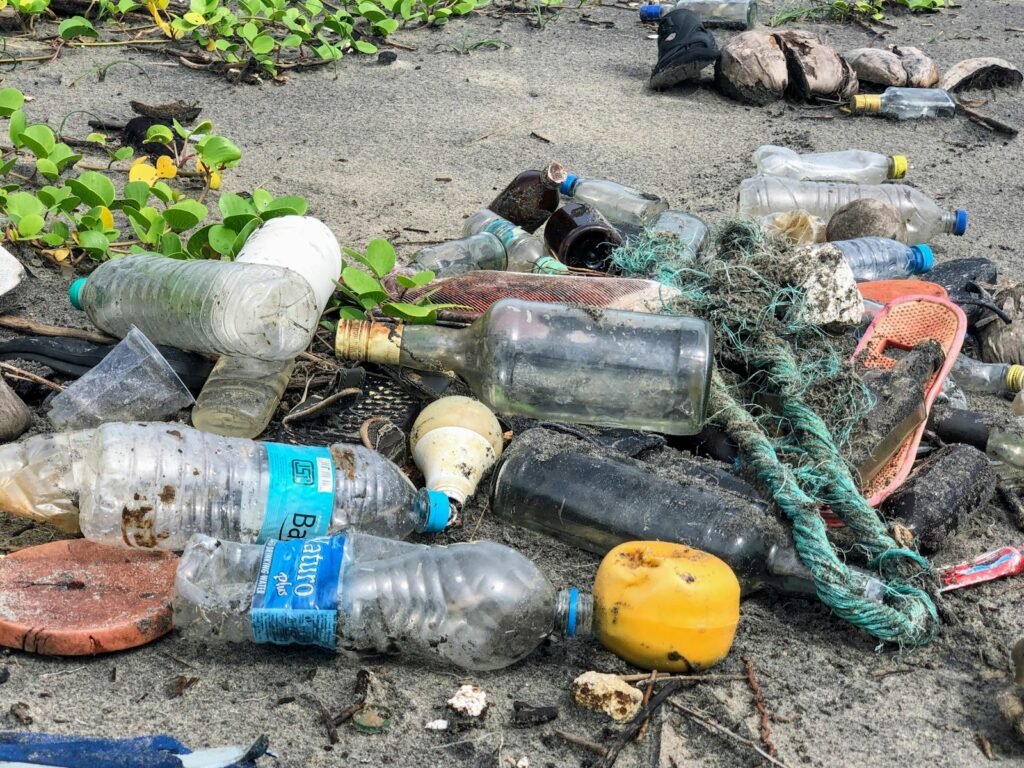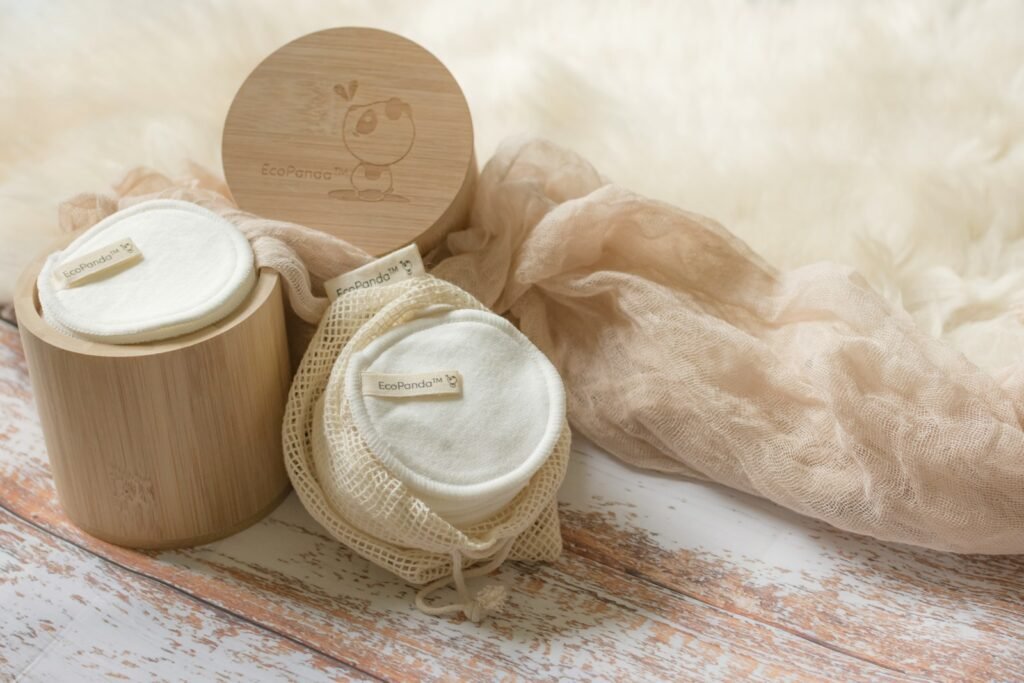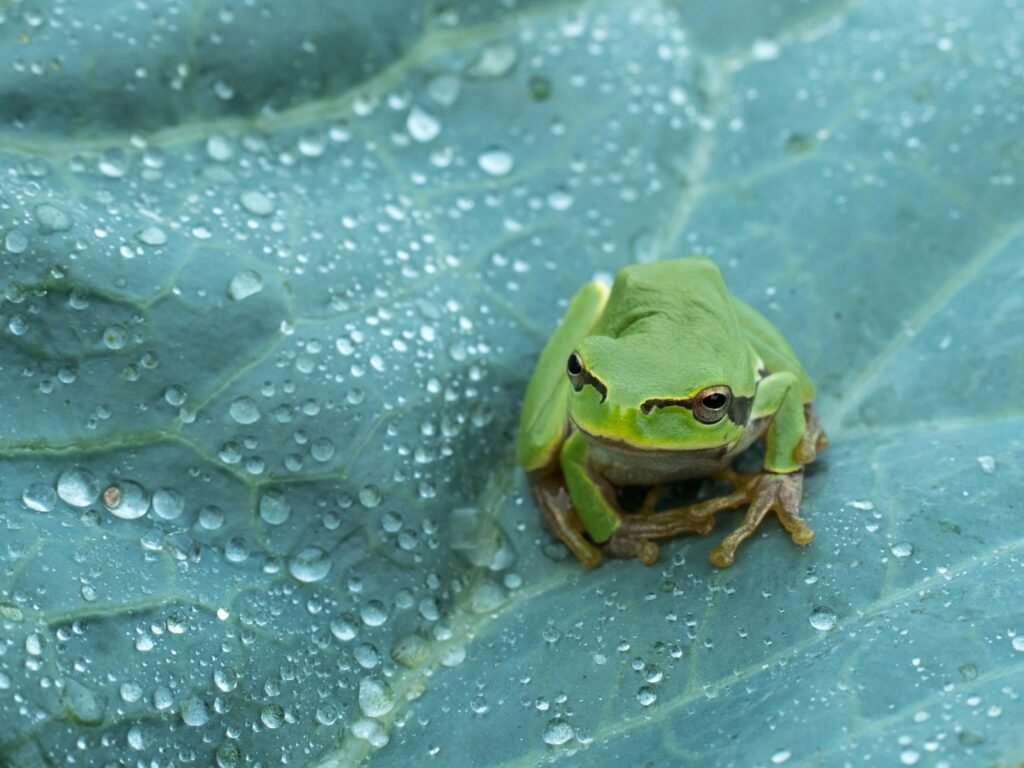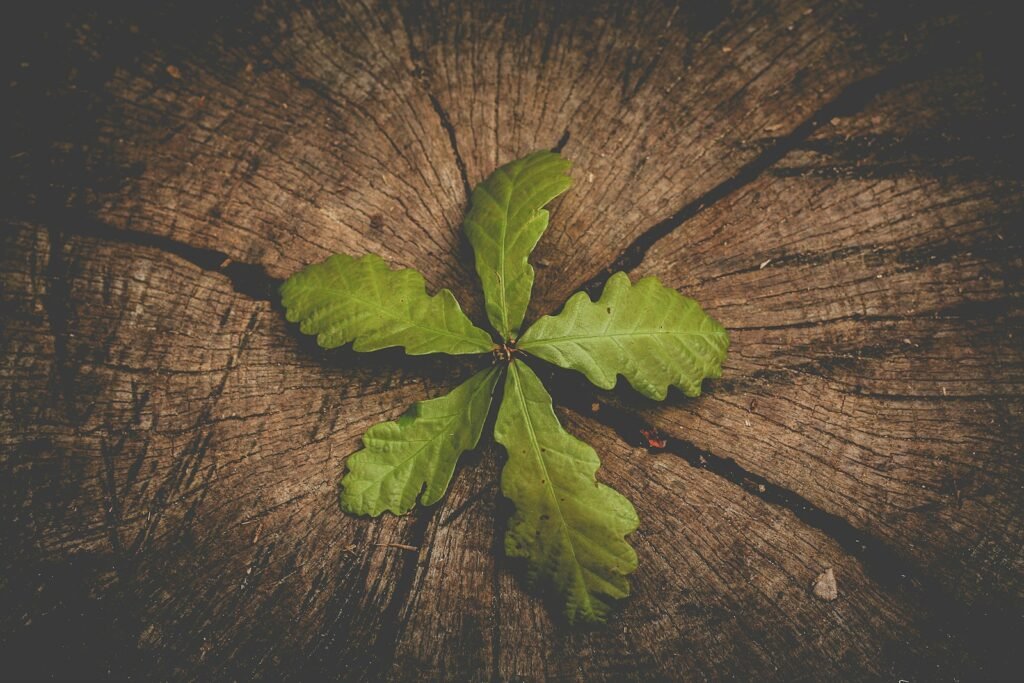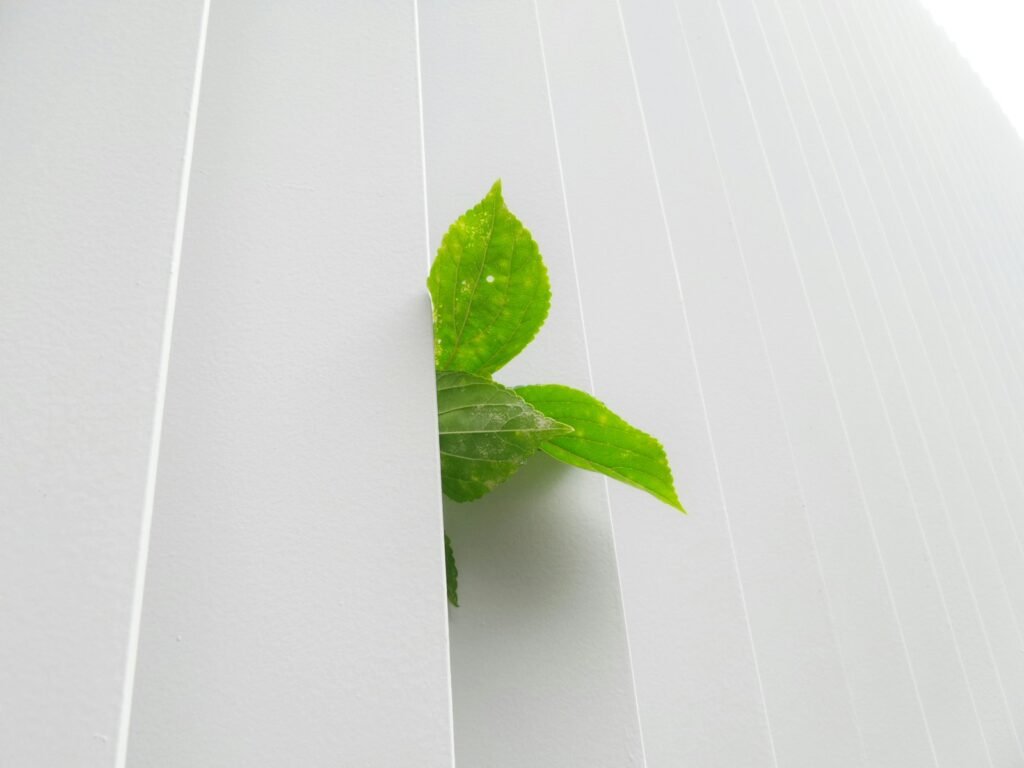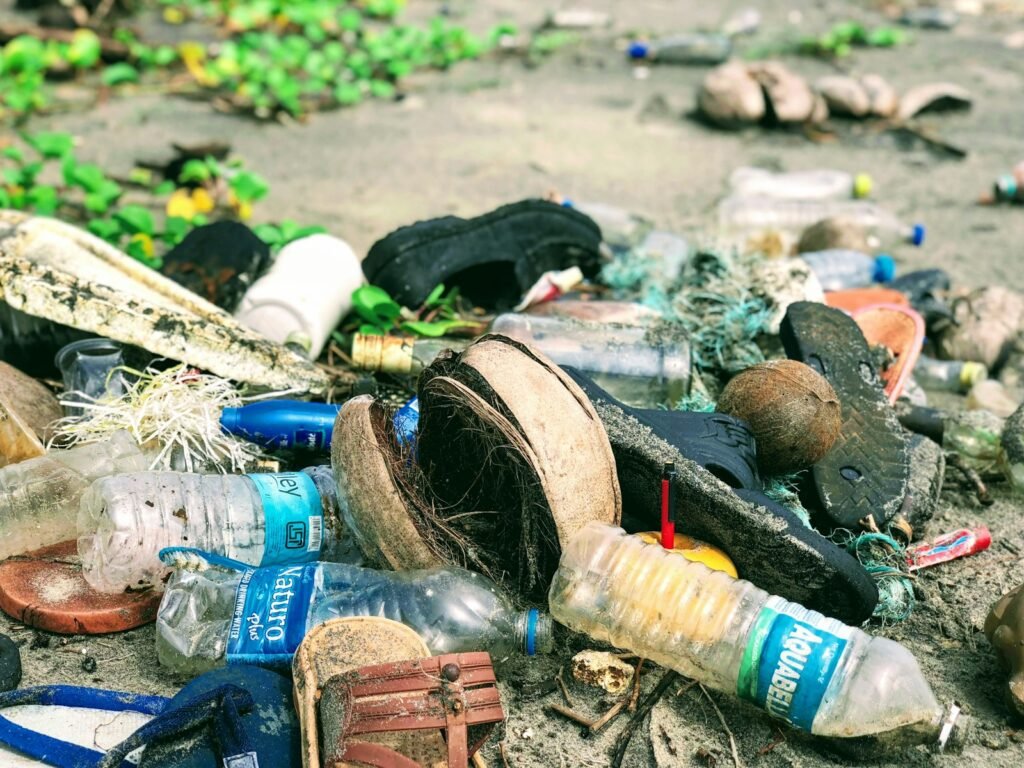A green roof is a rooftop that is partially or fully covered with vegetation, typically planted over a waterproofing membrane. These roofs are designed to mimic natural landscapes and serve multiple environmental and structural purposes.
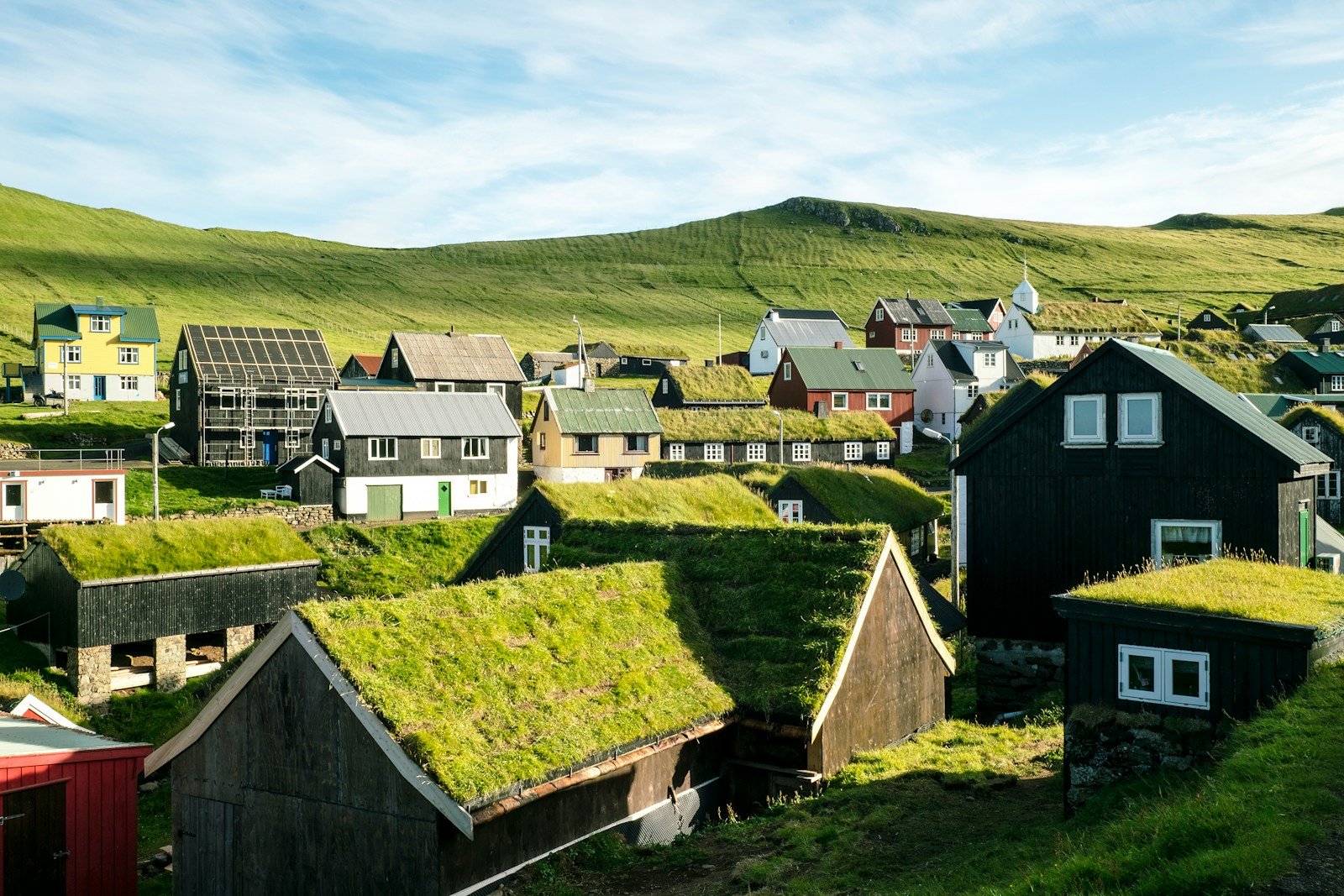
Unlike conventional rooftops made of concrete or metal, green roofs incorporate layers such as drainage systems, growing medium, and plants. This design helps manage water more effectively and provides insulation for buildings.
Green roofs can be categorized into two main types: extensive and intensive. Extensive green roofs are lightweight with shallow soil depth, typically supporting hardy vegetation like sedum. Intensive green roofs have deeper soils that allow for a wider range of plant life, including trees and shrubs.
Environmental Benefits of Green Roofs
Stormwater Management
One of the most significant environmental benefits of green roofs is their ability to manage stormwater runoff. Traditional rooftops contribute heavily to urban flooding by channeling rainwater directly into storm drains.
Green roofs absorb a portion of the rainfall, reducing the volume and speed at which water flows off the building. This helps prevent overwhelming sewer systems and reduces the risk of flooding in urban areas.
Reduction of the Urban Heat Island Effect
Urban heat islands occur when built-up areas become significantly warmer than their surrounding rural areas due to human activities and the concentration of hard surfaces like concrete and asphalt.
Green roofs help mitigate this effect by providing natural insulation. Vegetation cools buildings through evapotranspiration, lowering surface temperatures on rooftops and in the immediate environment. This reduces the need for air conditioning, leading to lower energy consumption and greenhouse gas emissions.
Improved Air Quality
Vegetation on green roofs acts as a natural filter, absorbing pollutants such as nitrogen dioxide and particulate matter from the air. Plants also capture carbon dioxide and release oxygen, contributing to better overall air quality in cities.
This is especially important in densely populated areas where air pollution can have serious health impacts. Green roofs help reduce respiratory issues linked to poor air quality by creating cleaner urban environments.
Enhancement of Biodiversity
In many urban settings, natural habitats are limited due to the expansion of buildings and infrastructure. Green roofs provide a space for native plants, insects, birds, and other wildlife to thrive.
By supporting biodiversity, green roofs help maintain ecological balance in cities. They can act as stepping stones or corridors for animals that move through urban landscapes, contributing to the health of local ecosystems.
Economic Advantages of Green Roofs
Energy Efficiency and Cost Savings
The insulation properties of a well-designed green roof significantly reduce heating and cooling costs. During hot summer months, the layer of vegetation acts as a natural barrier against heat, reducing the need for air conditioning.
In colder seasons, the soil and plants help retain warmth within the building, decreasing reliance on heating systems. Over time, these energy savings can offset the initial investment in installing a green roof.
Longevity of Roofing Materials
Green roofs protect the underlying roofing materials from UV radiation, temperature fluctuations, and physical damage from weather events. This protection extends the lifespan of a roof by reducing exposure to elements that cause degradation over time.
By prolonging the life of the structure, green roofs can reduce long-term maintenance and replacement costs for property owners.
Increased Property Value
Buildings with green roofs are increasingly viewed as desirable in real estate markets due to their environmental benefits and aesthetic appeal. Potential buyers and tenants often perceive properties with sustainable features as more valuable and attractive.
This increased marketability can lead to higher rental income or resale value, making green roofs a sound investment for both residential and commercial buildings.
Social Benefits of Green Roofs
Enhanced Quality of Life
Green spaces are known to improve mental well-being by reducing stress and promoting relaxation. For people who live or work in urban environments, having access to rooftop gardens can offer a much-needed escape from the hustle and bustle of city life.
These green areas also encourage social interaction through community gardening projects or recreational activities, fostering stronger connections within neighborhoods.
Opportunities for Urban Agriculture
In cities where land is scarce, green roofs provide an innovative solution for growing food. They can be used to cultivate vegetables, herbs, and even small fruit trees, contributing to local food production.
This approach not only supports sustainable living but also helps reduce the carbon footprint associated with transporting food from rural farms to urban centers.
How Green Roofs Contribute to Climate Action
Green roofs play a vital role in climate change mitigation by reducing energy consumption and greenhouse gas emissions. The insulation effect of vegetation lowers reliance on artificial heating and cooling, which are major contributors to carbon emissions.
Additionally, the plants on green roofs absorb carbon dioxide from the atmosphere through photosynthesis, helping to reduce the overall concentration of this potent greenhouse gas. This makes green roofs an effective tool in achieving net-zero goals for cities and buildings alike.
They also support climate resilience by managing stormwater and reducing urban heat islands, making communities more adaptable to extreme weather events that are expected to increase with global warming.
How to Get Started With a Green Roof
Implementing a green roof involves careful planning and consideration of several factors. The first step is assessing the structural integrity of the building to ensure it can support the weight of soil, vegetation, and water retention systems.
Next, consulting with architects or environmental experts is essential for designing a roof that meets both functional and aesthetic goals. They can help determine the most suitable type of green roof based on local climate, available space, and intended use.
It’s also important to consider maintenance requirements. While extensive green roofs are relatively low-maintenance, intensive systems may require more frequent care, including watering and pruning.
In some regions, there are financial incentives or grants available for sustainable building practices. Exploring these options can make the installation of a green roof more affordable and accessible for homeowners and businesses alike.
